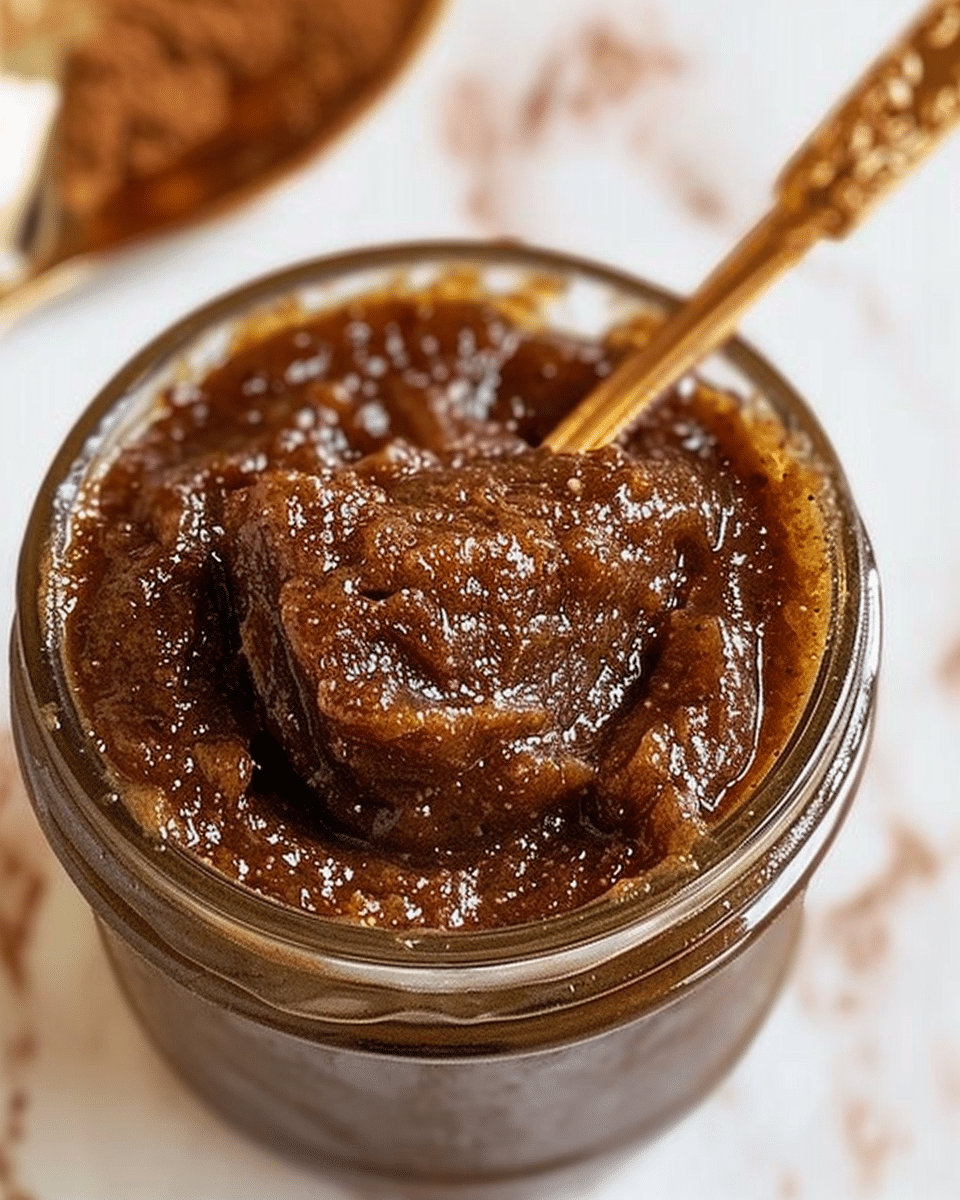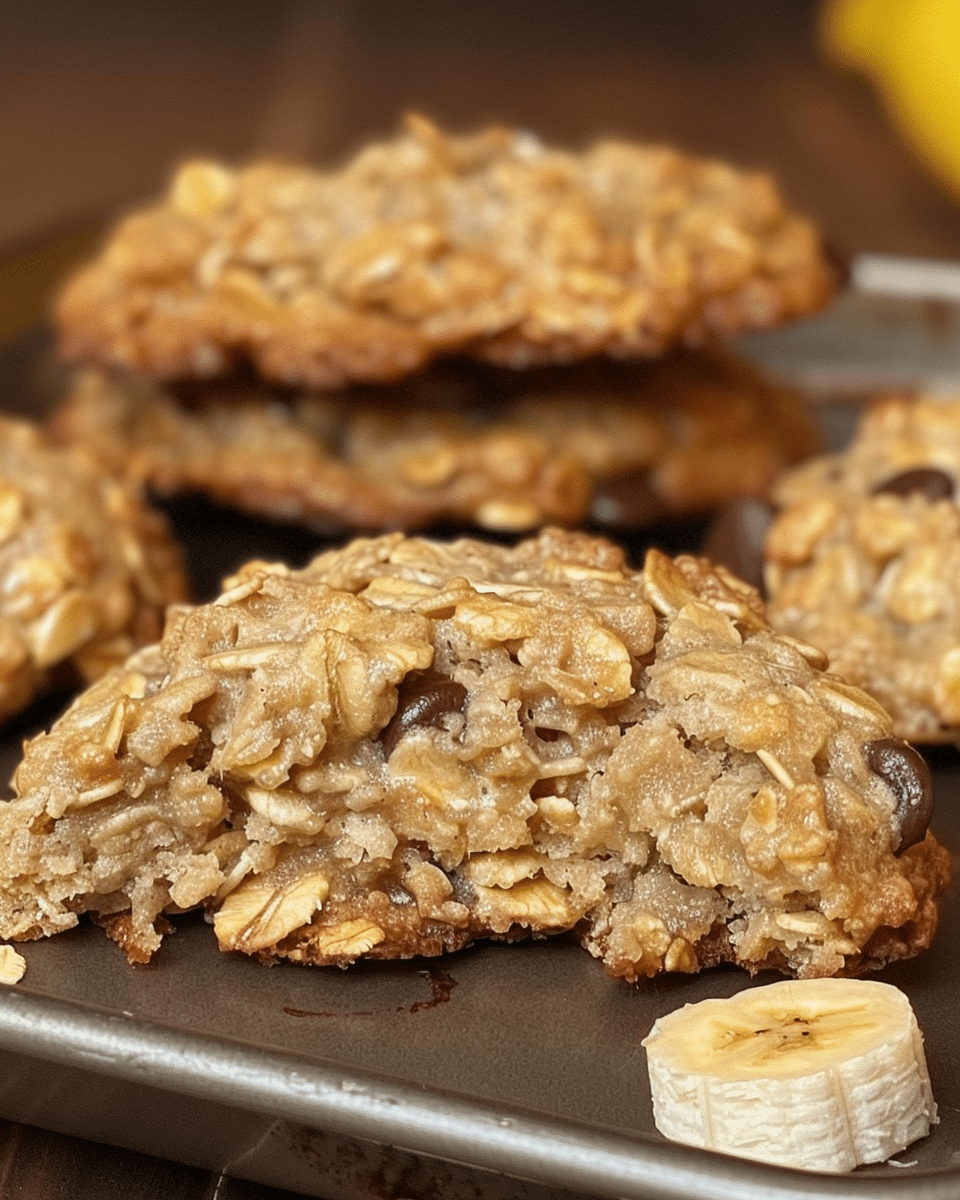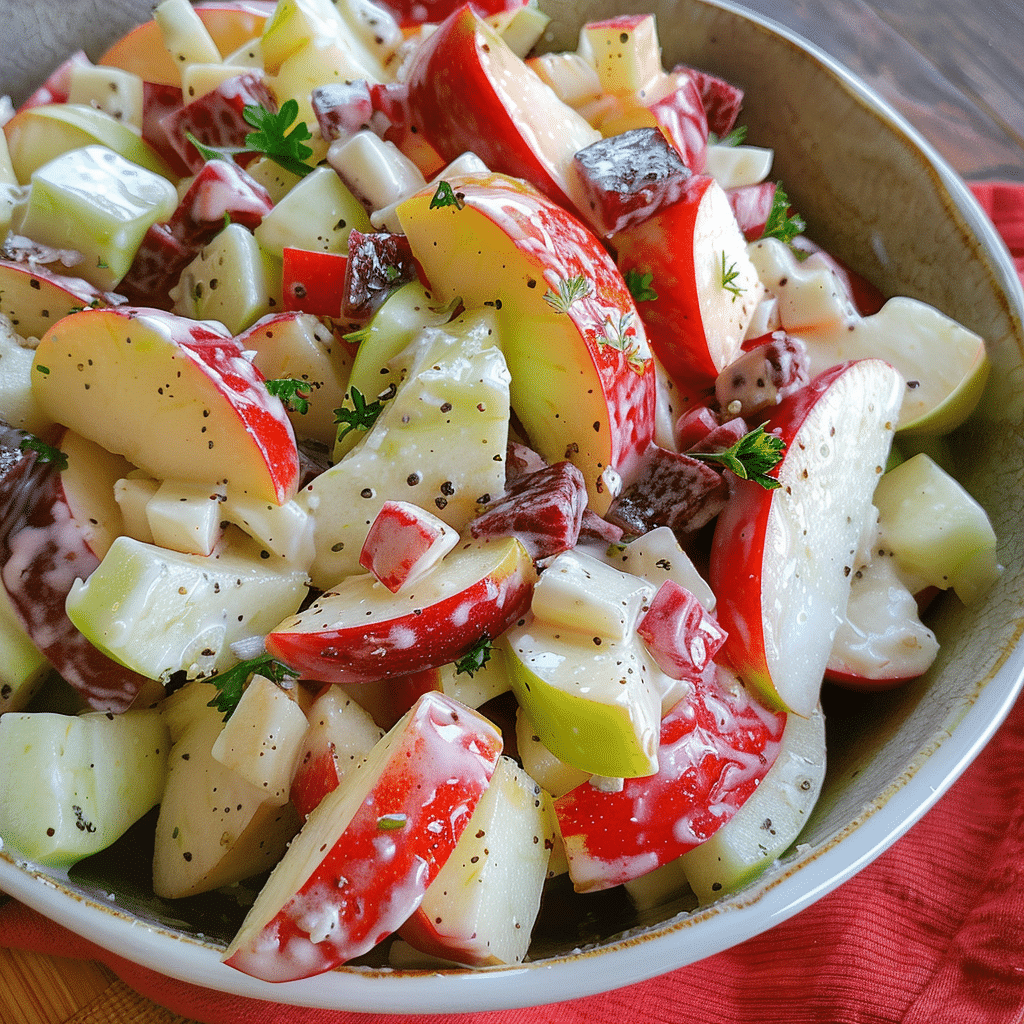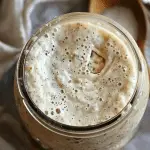As a baker, there is nothing more disappointing than biting into a dry cake. It’s a common problem that can happen to even the most experienced bakers. But why does it happen? And more importantly, how can you prevent it?
Understanding why cakes turn out dry is the first step in preventing it from happening. There are several common causes, including using the wrong ingredients, overmixing the batter, baking at too high a temperature, or leaving the cake in the oven for too long. By understanding these causes, you can take steps to avoid them and ensure your cakes come out perfectly moist every time.
Preventing dry cakes requires attention to detail and careful preparation. From using the right ingredients to following the recipe instructions to the letter, there are several steps you can take to ensure your cake turns out moist and delicious. And if your cake does turn out dry, don’t worry – there are also ways to fix it! In this article, we’ll explore the common causes of dry cakes, how to prevent them, and what to do if your cake turns out dry.
Key Takeaways
- Understanding the common causes of dry cakes is the first step in preventing them.
- Proper preparation and attention to detail can help prevent dry cakes.
- If your cake does turn out dry, there are ways to fix it.
Understanding Dry Cakes
As a baker, one of the most frustrating experiences is baking a cake that turns out dry. A dry cake can ruin an otherwise perfect dessert. In this section, I will help you understand why cakes can become dry and how to avoid it.
Reasons for Dry Cakes
There are several reasons why a cake can turn out dry. Some of the most common reasons include:
- Overbaking: Overbaking can cause a cake to become dry and tough. It’s important to follow the recipe’s baking time and temperature guidelines.
- Too much flour: Adding too much flour can make a cake dry and crumbly. It’s important to measure flour accurately and avoid packing it down.
- Not enough fat: Fat, such as butter or oil, helps keep a cake moist. If there’s not enough fat in the recipe, the cake can turn out dry.
- Not enough sugar: Sugar not only adds sweetness to a cake but also helps keep it moist. If there’s not enough sugar in the recipe, the cake can turn out dry.
- Too much leavening: Too much baking powder or baking soda can cause a cake to rise too much and then collapse, resulting in a dry cake.
How to Avoid Dry Cakes
To avoid dry cakes, there are a few things you can do:
- Follow the recipe: It’s important to follow the recipe’s instructions carefully, including the baking time and temperature.
- Use the right amount of ingredients: Measure ingredients accurately and avoid making substitutions unless the recipe specifically allows for it.
- Don’t overmix: Overmixing can cause a cake to become tough and dry. Mix just until the ingredients are combined.
- Add enough fat and sugar: Make sure to add enough fat and sugar to the recipe to keep the cake moist.
- Use the right leavening: Use the amount of baking powder or baking soda specified in the recipe.
By understanding the reasons why cakes can become dry and following these tips, you can help ensure that your cakes turn out moist and delicious every time.
Related: Coconut Cake Recipe
Common Causes of Dry Cakes
As a baker, there’s nothing worse than spending hours in the kitchen only to end up with a dry cake. While it can be frustrating, it’s essential to understand the common causes of dry cakes to prevent it from happening again. Here are some of the most common reasons why cakes turn out dry:
Incorrect Measurements
One of the most common causes of dry cakes is using incorrect measurements. Baking is a science, and even a small variation in the amount of ingredients can affect the texture and moisture of the cake. It’s crucial to use measuring cups and spoons to ensure that you’re using the right amount of flour, sugar, and other ingredients.
Over Baking
Over baking is another common cause of dry cakes. When cakes are left in the oven for too long, they tend to lose moisture, resulting in a dry and crumbly texture. Make sure to set a timer and check the cake regularly to prevent over baking. A toothpick inserted in the center of the cake should come out clean when the cake is done.
Wrong Type of Flour
Using the wrong type of flour can also result in a dry cake. Some cakes require cake flour, while others need all-purpose flour. Cake flour has less protein than all-purpose flour, resulting in a lighter and softer texture. If you use all-purpose flour instead of cake flour, your cake may turn out dry and dense. Knowing what substitutes you can use for cake flour and the differences between various flours can help you make informed decisions when baking.
Insufficient Fat or Liquids
Fat and liquids play a crucial role in keeping cakes moist. If you don’t use enough fat or liquids, your cake may turn out dry. Make sure to follow the recipe and use the right amount of butter, oil, milk, or other liquids required.
By understanding the common causes of dry cakes, you can prevent it from happening and ensure that your cakes turn out moist and delicious every time.
How to Prevent Dry Cakes
As a baker, there is nothing more disappointing than cutting into a cake you’ve worked hard on only to find that it’s dry and crumbly. Fortunately, there are several steps you can take to prevent dry cakes. Here are some tips to ensure that your cakes come out moist and delicious every time.
Proper Measuring Techniques
One of the most common causes of dry cakes is improper measuring of ingredients. To ensure that your cakes turn out moist and delicious, it’s important to use the correct measuring techniques. Here are some tips to help you measure your ingredients accurately:
- Use a kitchen scale: Measuring ingredients incorrectly is usually one of the main reasons you may end up baking a dry cake. Not all flours weigh the same, and a cup of all-purpose flour, for example, weighs more than a cup of cake flour.
- Spoon and level: When measuring flour, spoon it into the measuring cup and level it off with a straight edge. Don’t pack the flour into the cup, as this can lead to too much flour and a dry cake.
- Use liquid measuring cups: When measuring liquids, use a liquid measuring cup to ensure accuracy.
Baking Time and Temperature
Baking time and temperature are also important factors in preventing dry cakes. Overbaking a cake can cause it to dry out, while underbaking can result in a dense and gummy texture. Here are some tips to help you get the baking time and temperature just right:
- Use an oven thermometer: Ovens can vary in temperature, so it’s important to use an oven thermometer to ensure that your oven is at the correct temperature.
- Follow the recipe: Follow the recipe’s instructions for baking time and temperature. If you’re using a different pan size or shape, adjust the baking time accordingly.
- Check for doneness: Use a toothpick or cake tester to check for doneness. Insert it into the center of the cake, and if it comes out clean, the cake is done. If there is batter or crumbs on the toothpick, the cake needs more time in the oven.
Choosing the Right Ingredients
Finally, choosing the right ingredients is crucial in preventing dry cakes. Here are some tips to help you select the right ingredients:
- Use cake flour: Reach for cake flour instead of all-purpose flour. Cake flour is a low protein flour that’s milled into a superfine consistency. This soft, tender texture directly translates into your cake.
- Use room temperature ingredients: Make sure that your butter, eggs, and other ingredients are at room temperature before mixing. Cold ingredients can result in a lumpy batter, while warm ingredients can cause the cake to overbake.
- Use the right amount of sugar: Sugar not only adds sweetness but also helps to keep the cake moist. Be sure to use the amount of sugar called for in the recipe, as too little sugar can result in a dry cake.
By following these tips, you can prevent dry cakes and ensure that your baked goods are always moist and delicious.
Fixing a Dry Cake
If you’ve ended up with a dry cake, don’t worry! There are a few ways to fix it and make it moist again. Here are a couple of methods to try:
Simple Syrup Solution
One of the easiest ways to add moisture to a dry cake is by brushing it with a simple syrup glaze. To make the glaze, boil equal parts of sugar and water until the sugar has dissolved and the liquid has reduced and thickened. Then, brush the glaze over the cake while it’s still warm.
This method works particularly well for sponge cakes, which tend to be dry and absorbent. The syrup will seep into the cake and add moisture, making it soft and tender again.
Add Moisture with Fillings and Frostings
Another way to add moisture to a dry cake is by using fillings and frostings. For example, you can add a layer of jam, fruit compote, or custard between the cake layers to add moisture and flavor.
You can also use a creamy frosting, such as buttercream or cream cheese frosting, to add moisture to the cake. The frosting will act as a barrier, preventing the cake from drying out and making it more enjoyable to eat.
Just be careful not to overdo it with the fillings and frostings, as too much can make the cake overly sweet and heavy.
Overall, fixing a dry cake is not as difficult as it may seem. With a few simple techniques, you can turn a dry cake into a moist and delicious dessert.
FAQs
Can you Rebake an undercooked cake?
Yes, you can rebake an undercooked cake. If you’ve removed the cake from the oven and found it undercooked, don’t panic. Simply let it cool for a few minutes, then place it back in the oven at the original baking temperature. Check the cake at regular intervals (every 5-10 minutes) until a toothpick or cake tester inserted into the center comes out clean. It’s essential to monitor closely to avoid overbaking.
Does freezing a cake make it more moist?
Yes, freezing a cake can make it more moist. When a cake is frozen, the small amount of moisture present in the cake crystallizes. Upon thawing, these crystals melt and are reabsorbed by the cake, making it taste even moister. For best results, ensure the cake is wrapped tightly in plastic wrap or aluminum foil before freezing to prevent freezer burn and preserve flavor.
Can I make a cake 3 days in advance?
Yes, you can make a cake 3 days in advance. If you plan to serve it after three days, store the cake in an airtight container to maintain its freshness. If it’s a frosted cake, refrigerate it to ensure the frosting remains intact and the cake stays fresh. Before serving, allow the cake to come to room temperature for the best flavor and texture.
What makes a cake dense and heavy?
Several factors can make a cake dense and heavy:
- Overmixing the Batter: Overmixing can overdevelop the gluten in the flour, leading to a dense texture.
- Too Much Liquid: Excess liquid can weigh down the cake batter, preventing it from rising properly.
- Insufficient Leavening: Not using enough baking powder or baking soda can result in a cake that doesn’t rise as it should.
- Using Cold Ingredients: Ingredients like butter and eggs should be at room temperature to incorporate air effectively into the batter.
What makes a cake dense vs. fluffy?
The texture of a cake, whether dense or fluffy, is determined by the ingredients used and the method of preparation:
- Ingredients: Cakes made with solid fats like butter tend to be denser, while cakes made with oil are often lighter and fluffier. The type of flour can also impact the cake’s texture; for instance, cake flour produces a softer crumb than all-purpose flour.
- Mixing Method: The creaming method, where butter and sugar are beaten together until light and fluffy, introduces air into the batter, resulting in a fluffier cake. On the other hand, methods like the melt-and-mix can produce denser cakes.
- Leavening Agents: Proper amounts of baking powder or baking soda ensure the cake rises, making it fluffy. Too little or too much can affect the cake’s texture.
Remember, the desired texture often depends on personal preference and the specific type of cake you’re aiming to make. Some cakes, like pound cakes, are meant to be dense, while others, like chiffon cakes, are intended to be light and airy.
Conclusion
In conclusion, there are several reasons why cakes can turn out dry. It could be due to the recipe, oven temperature, overbaking, or improper storage.
To avoid a dry cake, it is important to use a recipe that is appropriate for the desired texture. Some cakes, such as angel food or genoise, are meant to be drier and sturdier. It is also important to follow the recipe’s instructions carefully and not overmix the batter.
Another common reason for dry cakes is overbaking. It is important to check the cake’s doneness with a toothpick or cake tester before removing it from the oven. If the cake is still wet in the middle, it needs more time to bake.
Proper storage is also crucial in preventing a dry cake. Cakes should be stored in an airtight container at room temperature or in the refrigerator, depending on the recipe. They can also be frozen for later use.
Overall, by paying attention to the recipe, baking time, and storage, you can avoid a dry cake and enjoy a moist and delicious dessert.








